Difference between SLR and DSLR
When you first start getting acquainted with photography, you will almost certainly hear about SLR cameras and their DSLR versions. Whether you're looking to buy a new device or are simply curious, it's worth finding out how these two models differ.
Today, you'll learn about the key differences between DSLR and SLR cameras, then determine which is the best choice for your needs.
What is an SLR camera?
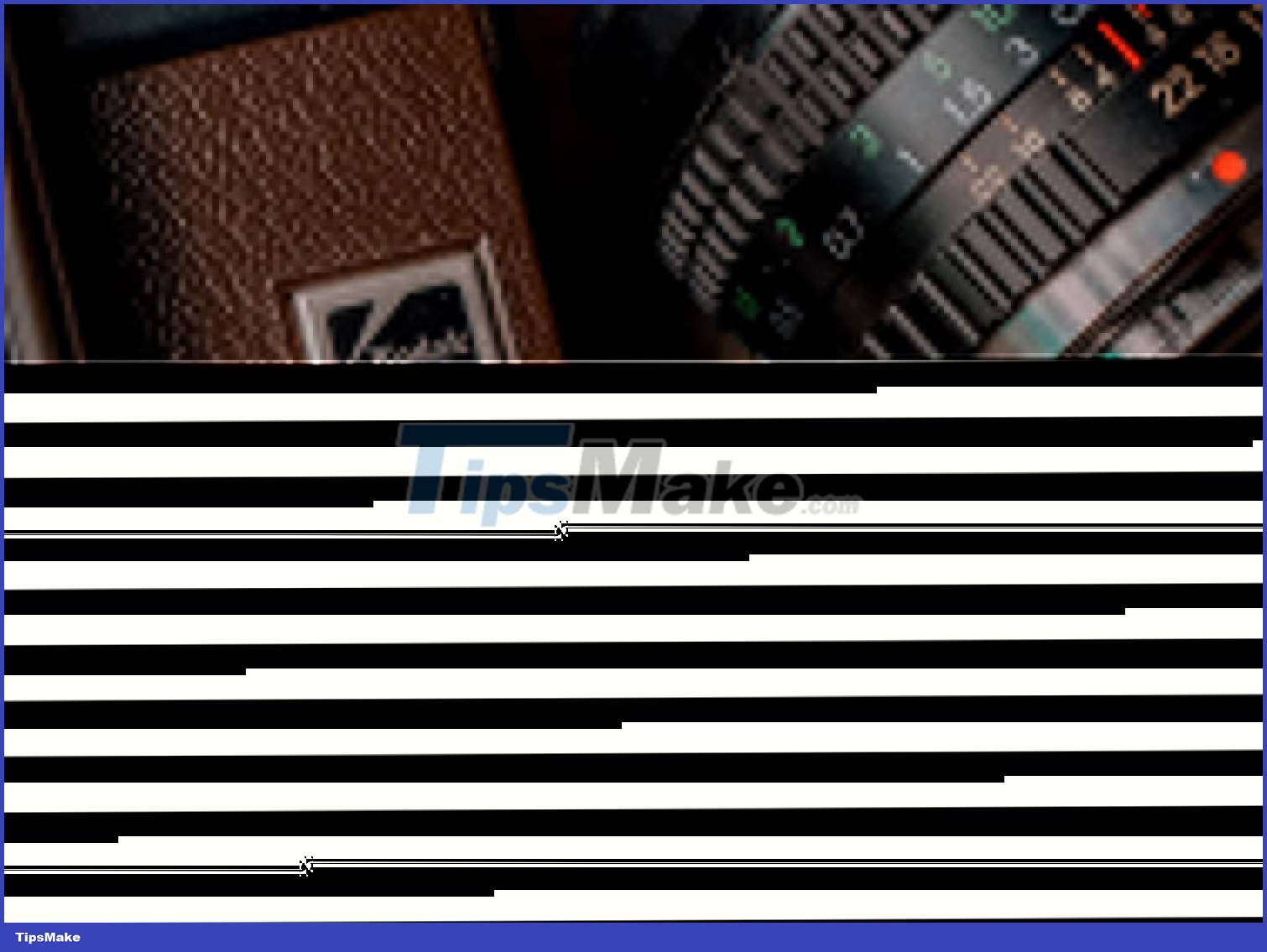
SLR stands for 'Single Lens Reflex' and these cameras use film to store images. But compared to the first film cameras (and even many DSLR models), SLR cameras are often quite compact. In terms of design, they have many similarities to mirrorless cameras (and on that note, you should also know the difference between a DSLR and a mirrorless camera).
Many SLR cameras require you to manually focus on the subject in the photo. However, you can find some that offer autofocus. With many SLR cameras, you can change lenses, just like DSLR devices.
What is a DSLR camera?

With a DSLR camera, you process your images in post-production via a computer instead of in a shop or studio. Although not always true, DSLR cameras often have bulkier bodies than SLR devices.
DSLR cameras are now a mainstay in the photography industry, and many beginner photographers look to them as a starting point. But even though many DSLRs are considered entry-level cameras, you can still take great photos with a budget DSLR.
What is the main difference between SLR and DSLR?
Now that you know the basics of DSLR and SLR cameras, let's look at the key differences between these devices.
How to store images
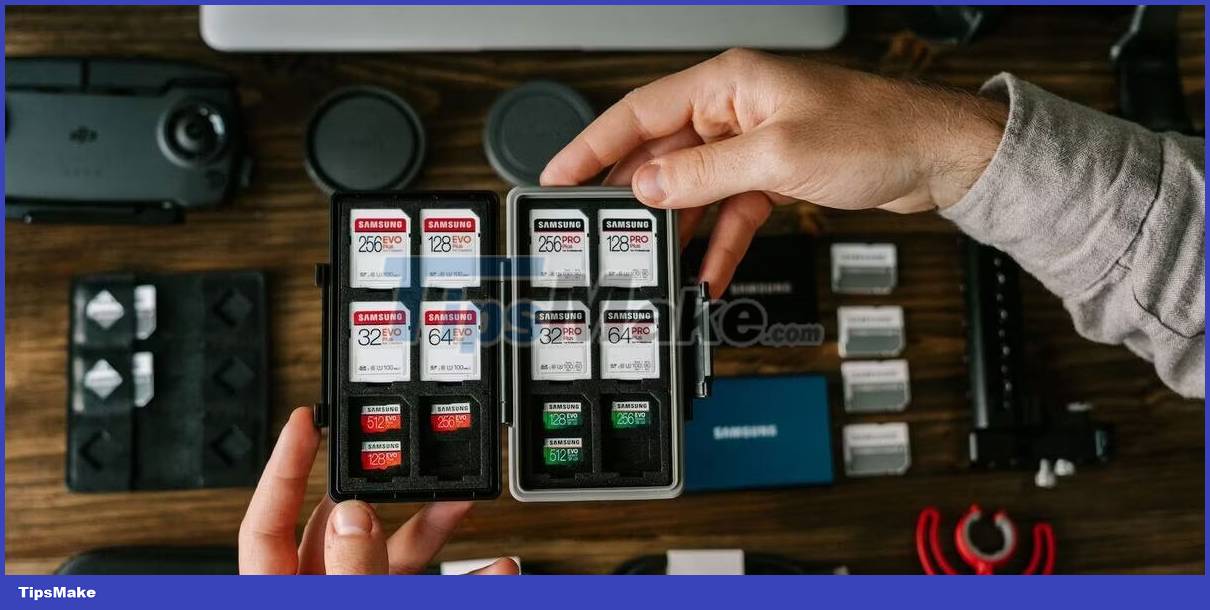
The biggest difference between a DSLR and an SLR is how the photos you take are stored. SLR cameras use rolls of film, while you will need a memory card for DSLR devices.
When using film rolls for your SLR camera, you will need to purchase film based on the ISO you plan to use. On top of that, you also have less space to adjust colors and the like in post-production.
Storage capacity
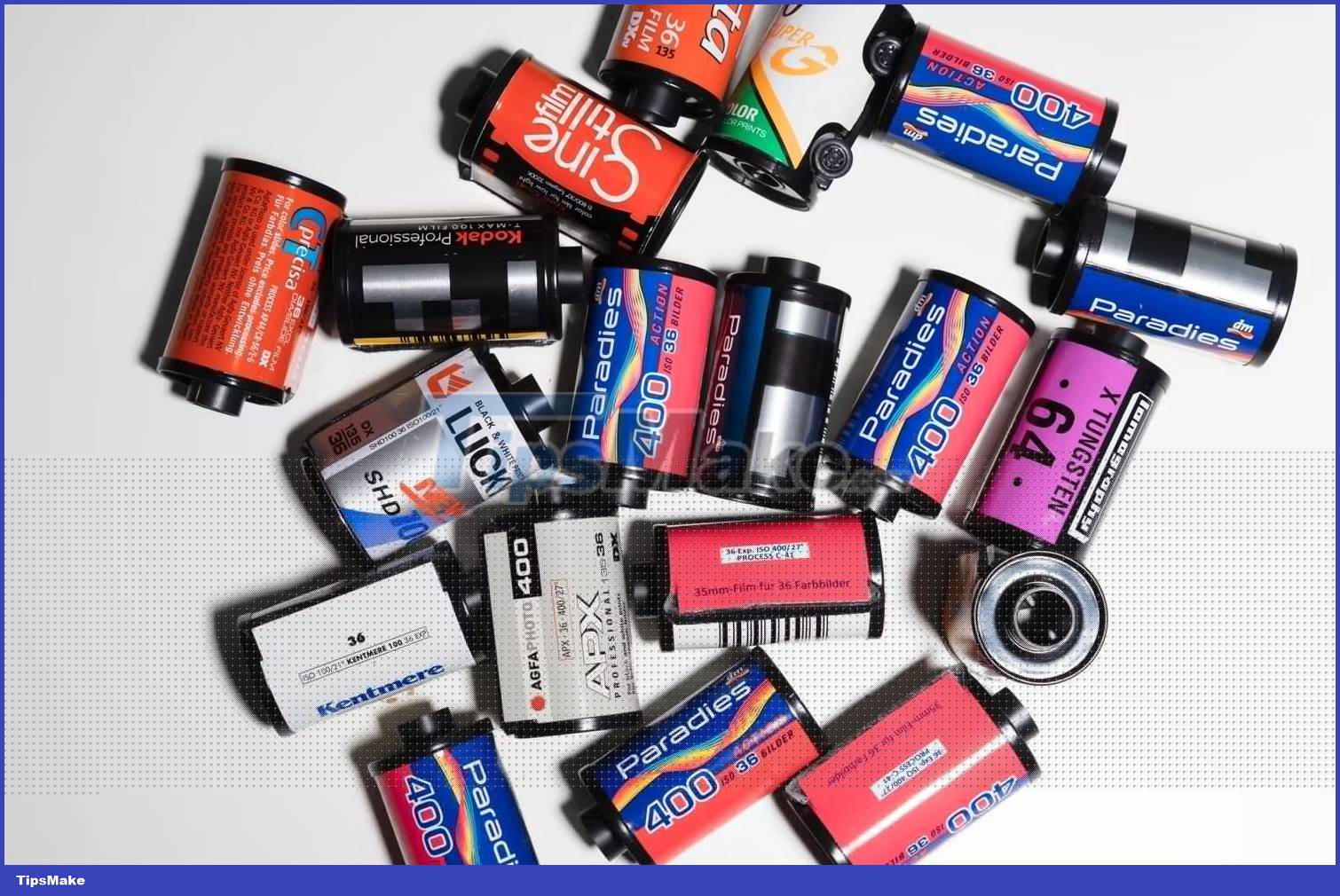
In general, you can take more photos with a DSLR camera in one shot. Memory card storage ranges are quite large, but you can get some cards that will let you hold over 200GB (which means thousands of images).
On the other hand, you cannot delete analog photos from an SLR camera after you have taken them. Many rolls of film have anywhere from 35-200 images - and unlike a digital camera's SD card, you'll need to buy new film once it's used up.
ISO requirements
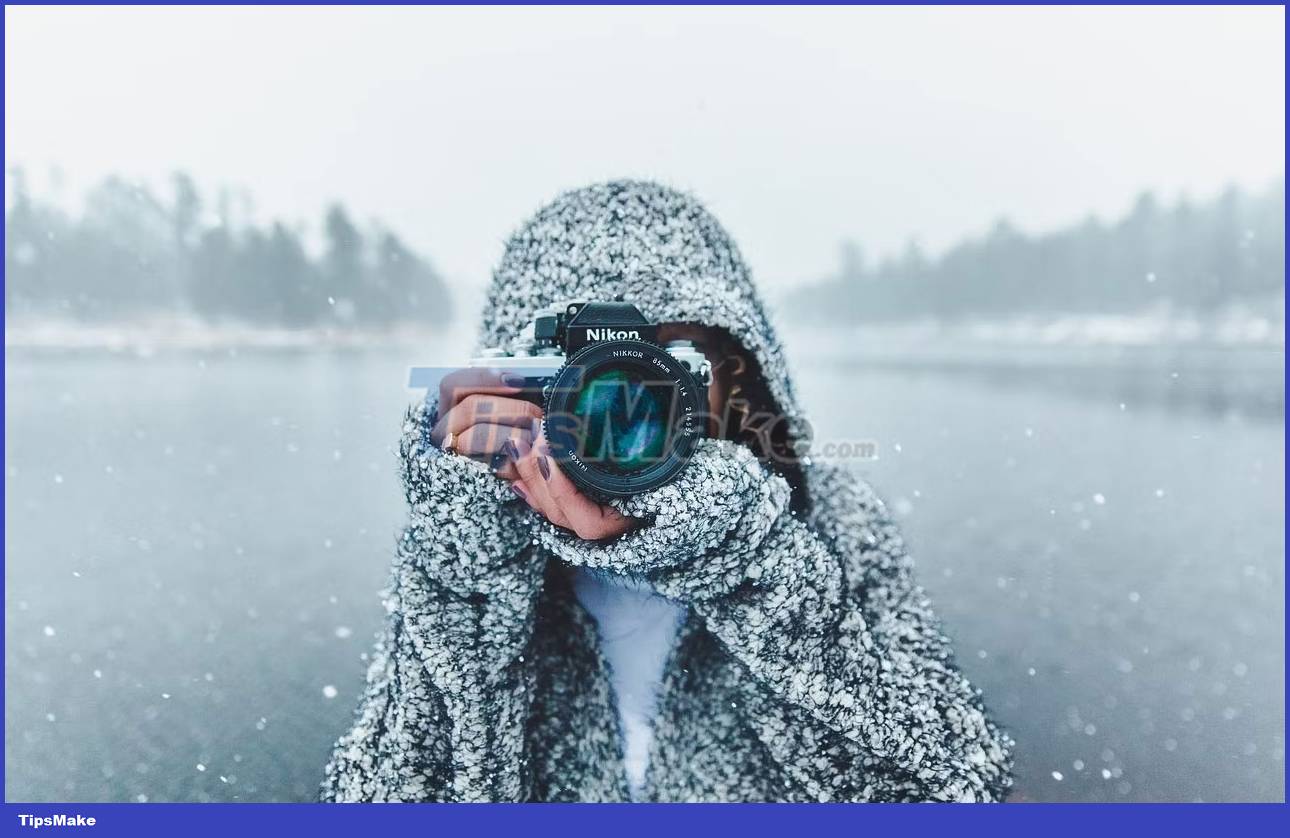
Beginner SLR users can often be distracted by the different ISO requirements compared to DSLR cameras. When taking photos with a DSLR camera, you can adjust the ISO however you feel necessary - regardless of the settings for other photos taken on your SD card. So you can take one photo at ISO 100 and the next photo at ISO 400.
On an SLR, you don't have the same flexibility. When purchasing a roll of film, you will notice that it has an ISO specified. You will have to adjust your camera settings to get the best possible results. Because of this, you may find it more difficult to use your SLR camera in low-light settings.
Shutter speed capabilities
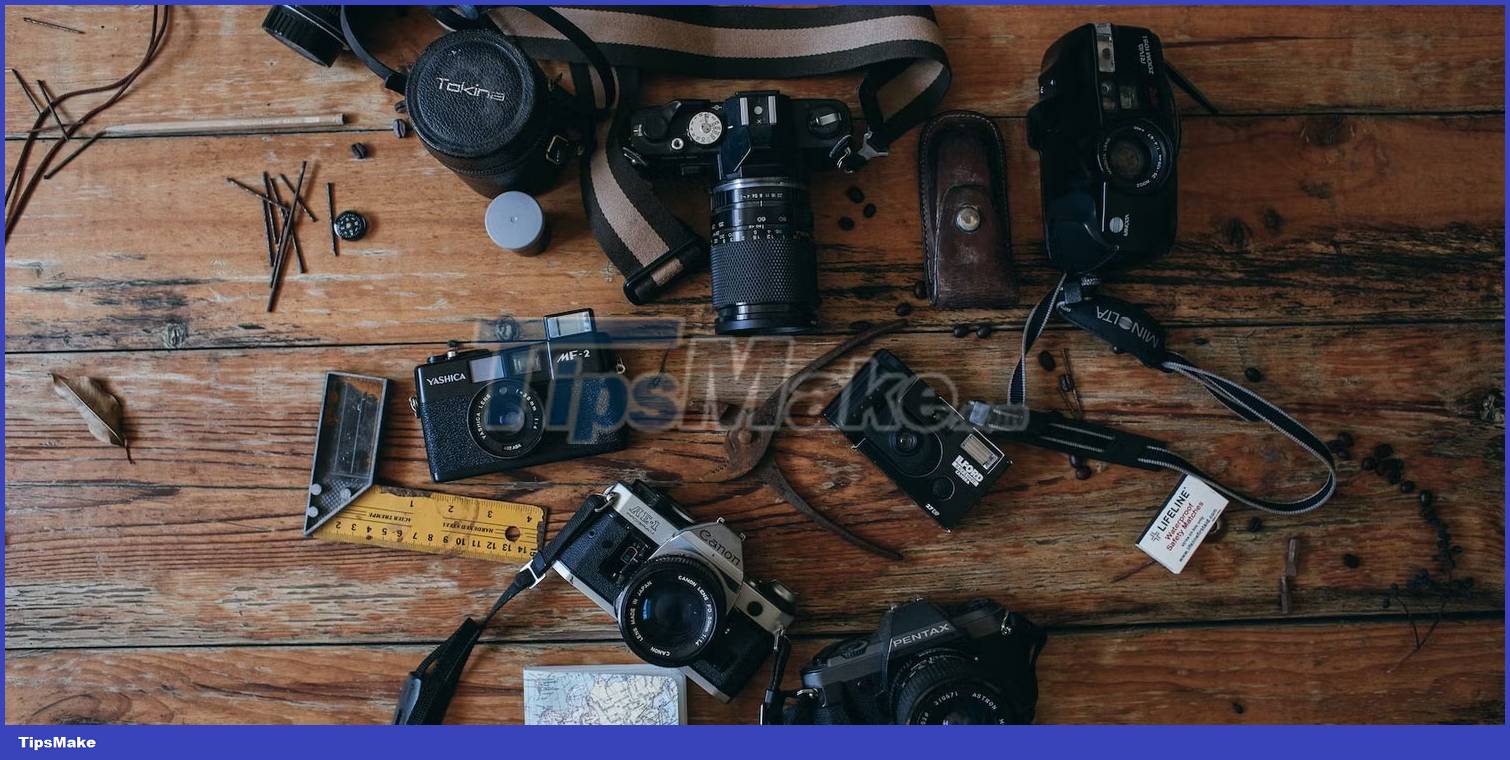
Shutter speed, like ISO, is a core component of the exposure triangle in photography. And when comparing SLRs and DSLRs, it's essential to know what your options are, as different situations require different settings.
Many DSLR cameras will allow you to take photos at up to 1/4000th of a second, which is useful if you have too much light in your photo and want to avoid overexposure. For example, you might need this setting on a sunny day when you use a wider aperture in your photo. Depending on the equipment you have, you can get longer shutter speeds of one second or less - ideal for long exposure photography.
When you buy a DSLR camera, you will typically get a shutter speed as slow as 1/1000. But while this isn't as extensive as the SLR, it's still good enough in many cases. Some SLR cameras will allow you to shoot at 1/2000. The Minolta 9xi offers scaling up to 1/12000, but this is not standard for SLR cameras.
View your photos after taking them
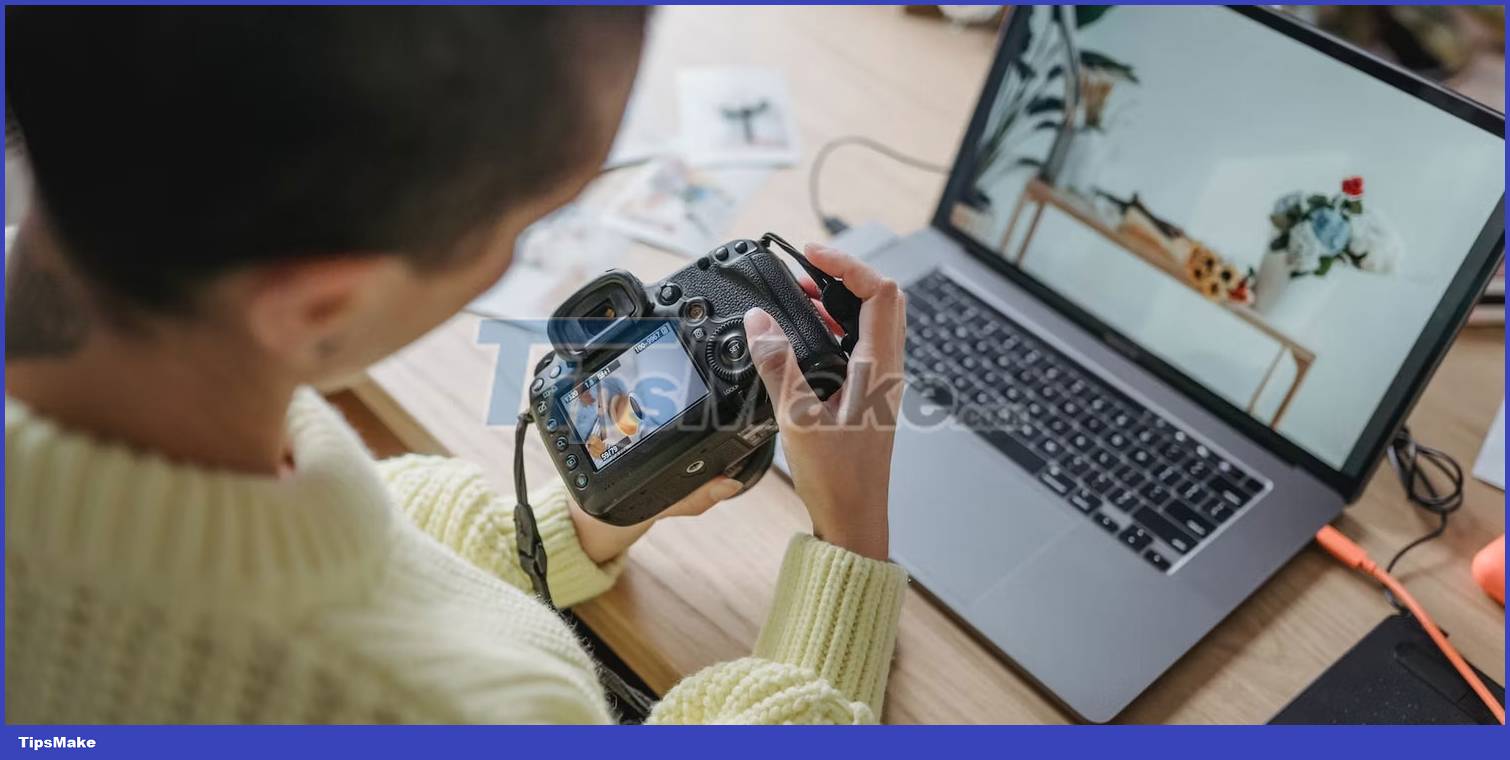
Whether you're new to photography or a seasoned pro, reviewing your photos after taking them is important. However, SLR cameras and DSLR cameras differ significantly in this respect.
With a DSLR camera, you can play back your images and also preview them after taking them. Furthermore, you have the option to delete photos from the SD card without using a computer.
When using an SLR camera, you cannot review your photos until the roll of film is processed.
Video
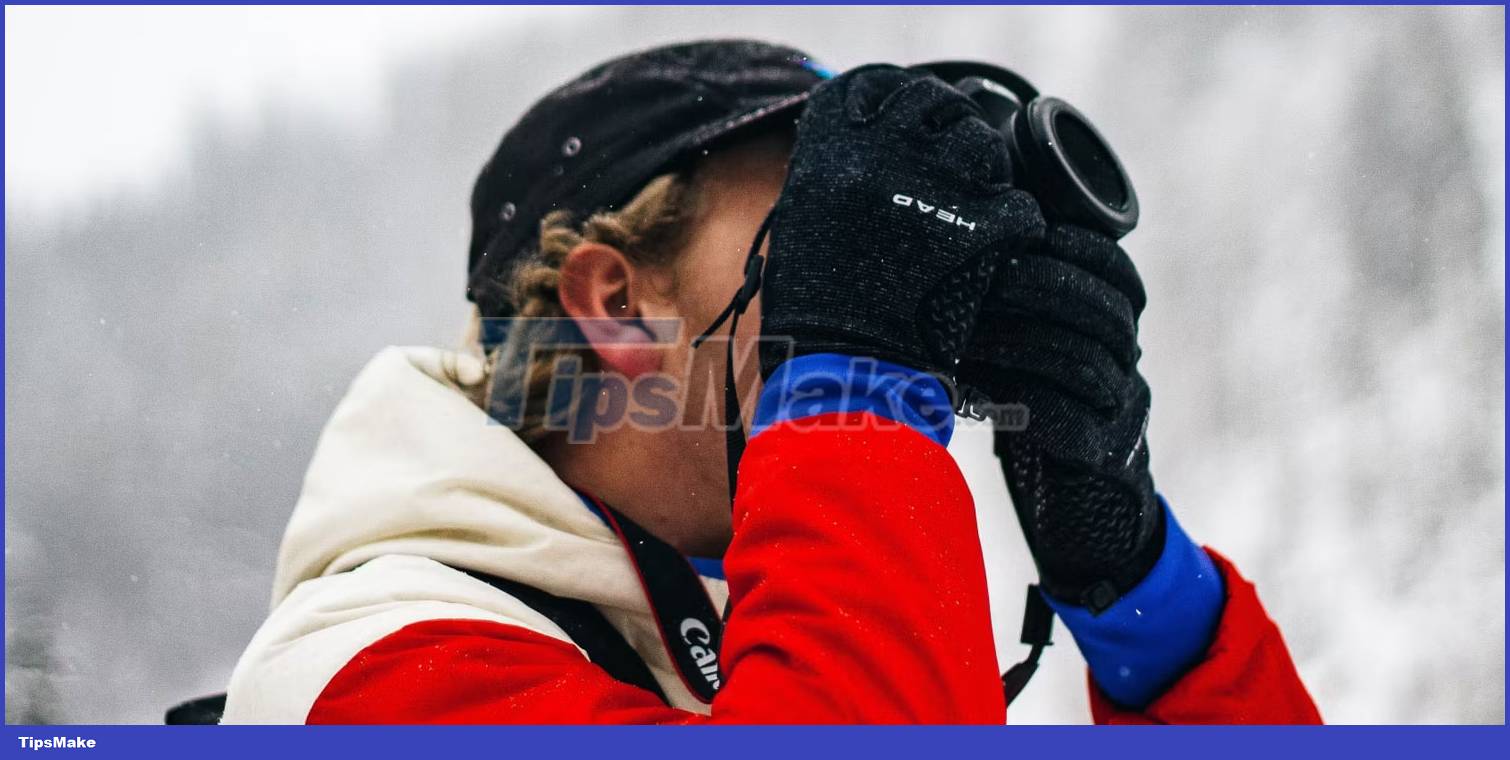
Many photographers later enter the video industry and have some photography skills that can be transferred to the filmmaking process. So you should think about the video recording capabilities of any device you have.
SLR cameras only allow you to take photos. However, DSLR devices often have the option to record video. The quality you get depends on the model you choose, but you should be able to shoot at at least 1080p resolution. Some DSLR cameras offer 4K resolution.
Should I buy an SLR camera or a DSLR camera?
If you want to try analog photography, an SLR is clearly the better choice. You can also develop a strong knowledge base as you will need to focus more on lighting.
But for many beginner photographers, a DSLR is often the better choice. Taking as many photos as possible is essential if you're new to the profession, and storage (plus the option to delete photos) is much better on a DSLR. On top of that, roll film can get expensive over time - meaning it's not a great long-term budget option.
DSLR cameras are also better if you want more control over the post-production stage because you can use your files with editing programs like Lightroom, Capture One, and Photoshop. However, you'll get more unique results with an SLR camera.
You should read it
- DSLR cameras for beginners
- 10 best DSLR cameras in 2020
- Review of the Canon EOS 90D camera
- Smartphone cameras will gradually replace DSLR cameras completely
- Download Camera Manual Camera: Camera Professional DSLR, professional photography application for Android, is free
- Even DSLR cameras can be easily attacked by ransomware
- 4 common errors on camera can be fixed in Lightroom
- Is the sensor vibration reduction technology unique, making Apple want to equip its new iPhone?
May be interested
- 5 best DSLR cameras of 2024
 the dslr camera is an indispensable item for photographers. with optimal and solid build quality, ultra-fast autofocus and a long list of functions catering to all types of photography, dslrs are still the most popular cameras today.
the dslr camera is an indispensable item for photographers. with optimal and solid build quality, ultra-fast autofocus and a long list of functions catering to all types of photography, dslrs are still the most popular cameras today. - iPhone 18 Pro is a bitter end for DSLR?
 while everyone is still eagerly waiting for the iphone 17, famous analyst ming-chi kuo has made bold predictions about the iphone 18 pro launching in 2026.
while everyone is still eagerly waiting for the iphone 17, famous analyst ming-chi kuo has made bold predictions about the iphone 18 pro launching in 2026. - What is the difference between GUI and CLI?
 chances are you're curious about what interface to use on your operating system. or maybe you want to learn about the difference between gui and cli.
chances are you're curious about what interface to use on your operating system. or maybe you want to learn about the difference between gui and cli. - Turn Canon DSLRs into webcams for PCs
 if in some situations users have access to a dslr or even powershot from canon, they can use it as a webcam for their computer.
if in some situations users have access to a dslr or even powershot from canon, they can use it as a webcam for their computer. - Why is street photography with a smartphone better than a DSLR camera?
 after shooting a lot of street photography with dslr cameras and smartphones, many people prefer to shoot this type of photography with smartphones. there are a few reasons for this!
after shooting a lot of street photography with dslr cameras and smartphones, many people prefer to shoot this type of photography with smartphones. there are a few reasons for this! - Even DSLR cameras can be easily attacked by ransomware
 ransomware, also known collectively as ransom data encryption software, has become one of the major security threats to all computer systems worldwide in recent years. .
ransomware, also known collectively as ransom data encryption software, has become one of the major security threats to all computer systems worldwide in recent years. . - Difference between Web 2.0 and Web 3.0
 today, a new term is circulating, called web 3.0 (or web3). but what is web 3.0 and is it much different from web 2.0?
today, a new term is circulating, called web 3.0 (or web3). but what is web 3.0 and is it much different from web 2.0? - The Difference Between 4K and 8K
 the main difference between 4k and 8k lies in the number of pixels included in the resolution.
the main difference between 4k and 8k lies in the number of pixels included in the resolution. - What is the difference between PCIe 3.0, PCIe 4.0 and PCIe 5.0?
 intel 12th gen alder lake cpus are rumored to come with a new version of pci express 5.0. the question arises: what is the difference between pcie 5.0 and the existing versions? is it worth our attention?
intel 12th gen alder lake cpus are rumored to come with a new version of pci express 5.0. the question arises: what is the difference between pcie 5.0 and the existing versions? is it worth our attention? - Review of the Canon EOS 90D camera
 dslrs are still healthy, at least according to canon. this famous camera company has just launched the mid-range canon 90d dslr model, 3 years after its 80d predecessor.
dslrs are still healthy, at least according to canon. this famous camera company has just launched the mid-range canon 90d dslr model, 3 years after its 80d predecessor.










 Logitech C930e webcam review, the hottest webcam of 2023
Logitech C930e webcam review, the hottest webcam of 2023 The simplest way to check laptop cameras easily at home
The simplest way to check laptop cameras easily at home 2 ways to record macbook screen without software
2 ways to record macbook screen without software 3 ways to take photos and record videos with a laptop that you may not know
3 ways to take photos and record videos with a laptop that you may not know 9+ ways to take screenshots of ASUS computers for details
9+ ways to take screenshots of ASUS computers for details How to use the Fujifilm Camera Remote app
How to use the Fujifilm Camera Remote app